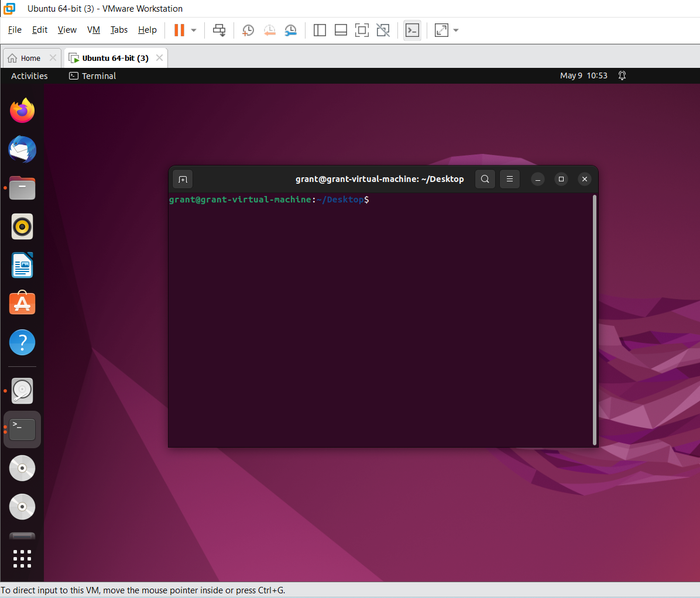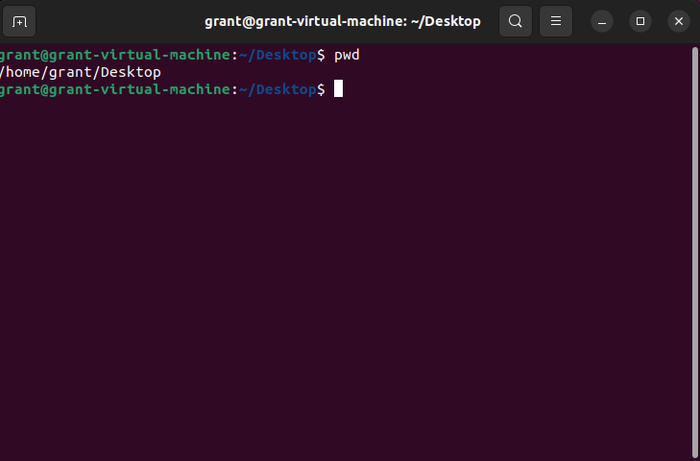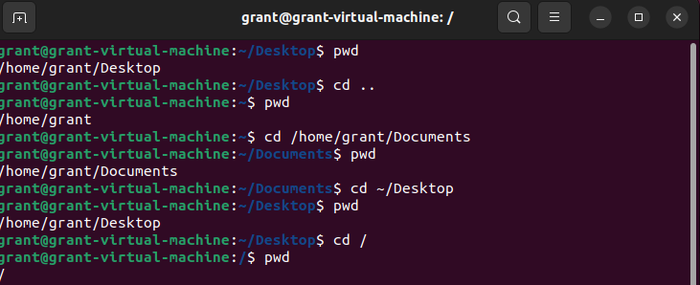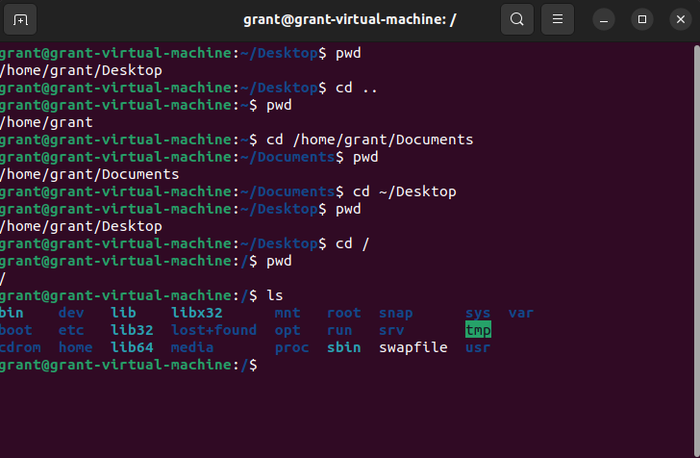How To Learn Linux: A Comprehensive Guide for BeginnersHow To Learn Linux: A Comprehensive Guide for Beginners
IT professionals can advance their careers by learning Linux, a widely used and versatile operating system.

Table of Contents
Linux is a popular operating system type, and most IT professionals will have to learn to use Linux at some point in their careers. Here are several tips on how to learn Linux – plus, resources to help you on your way.
What Is Linux?
Linux is a family of operating systems based on the Unix operating system type developed in the 1970s. Unix is a multiuser, multitasking operating system designed for flexibility, and Linux comes with those same features.
Linux is packaged into “distributions.” A distribution comes with the kernel and supporting system software and Libraries. There are a variety of Linux distributions to suit just about every kind of user. For example, some distributions are built specifically for use in cybersecurity, while other distributions are designed for everyday, personal use.
The Linux kernel is open source and publicly available here: https://docs.kernel.org/. Anyone can create a distribution of their own.
What Are the Benefits of Learning How To Use Linux?
Learning how to use Linux can benefit an IT professional in many ways, especially since Linux is so common. Most foundational IT support courses teach Linux, including the CompTIA A+ certification, which is considered an industry standard.
Improved computer skills
By learning how to use Linux, you can improve your overall IT and computer skills.
Knowing how to use Linux is considered core knowledge for most IT professionals, and there is a good chance you will encounter Linux in your career. For IT systems administrators, there is also an open source implementation of Lightweight Directory Access Protocol, known as Open-LDAP. A systems administrator may find themselves in the position of having to administer centralized management using Linux. Linux is a popular choice for server use, and you may find yourself working with Linux on a server.
Ability to work with a variety of operating systems
Understanding different operating systems can improve your career prospects. Certain specialties require Linux knowledge. For example, cybersecurity professionals use Linux regularly. In addition, site reliability engineers, systems administrators, and various engineers and professionals who manage IT infrastructure use Linux.
Ability to work with a variety of command lines
Learning the Linux command line interface gives you the ability to work with multiple terminals. The Linux command line is powerful and provides support for text and code editors.
Ability to use a variety of applications and software
Many applications and programs are developed specifically for Linux. Due to its open source nature, there is a worldwide network of developers who maintain projects for applications and programs for Linux operating systems. Many web servers are also open source and made for use in Linux. These are only a couple of examples, but the global open source landscape offers countless Linux projects, tools, and applications for just about any use case you could think of. The open source community is dedicated to making applications and software available at no cost to users worldwide.
Ability to develop web applications, systems, and Linux-based programs
If you are a developer, you can create software and applications for Linux. You can also become a contributor to open source projects for applications and tools that run on Linux and develop programs for Linux of your own. The Linux kernel is open source, and you could go as far as developing your own distribution of Linux.
Access to a large community of Linux learners and experts
There is a very active global community of Linux users, teachers, learners, and developers. Once you start to learn Linux, you can become part of the online community by simply reaching out and asking any questions you have. You could also participate in user and developer groups.
What Are the Challenges a User May Face Learning Linux?
Linux is famous for its command line environment, and learning Linux can be difficult for those who are uncomfortable with working in the terminal.
Another challenge is that each distribution has its own specific graphical user interface, and learning one distribution does not mean that you will be able to port to another distribution as easily as you might like.
Even so, you can use tips like the ones featured in this article to make the process of learning Linux easier.
Learn Linux on a Virtual Machine
If you are using a Windows or MacOS computer, you can learn Linux by using it on a virtual machine on your host machine.
Download the optical disk image file (ISO file) for the distribution you want to use and create a virtual machine using your preferred virtualization software. Now you can practice inside a Linux environment on your local machine.
Once you have installed the operating system and logged into the virtual machine, open a terminal by right-clicking anywhere on the desktop and selecting “Open in Terminal,” as seen in Figures 1 and 2.

image001_5
Figure 1. Right-clicking on the desktop will open a menu that has the “Open in Terminal” option.

image002_2
Figure 2. The terminal is open and ready to accept commands.
Learn Basic Commands
Linux commands remain the same inside the terminal, except for distribution-specific commands. For example, the dpkg command can be used for package management in Debian-based Linux distributions.
Print Working Directory (pwd) command
When in the terminal, you can find out where you are and have the path displayed by typing pwd for Print Working Directory, as seen in Figure 3.

image003_4
Figure 3. The output of the pwdcommand tells me I am in my Desktop.
The change directory (cd) command
The change directory command is used to traverse the filesystem. It’s essential for navigating through the root filesystem and its directories.
For example, use the cd .. command to move up one level from the directory you are in.

image004_0
Figure 4. The cd .. command moves you up into the parent directory of the directory you are currently using.
Learn the Linux Filesystem
The Linux filesystem comprises the entire directory structure, which begins at the root filesystem. In Linux, the root filesystem is referenced using the forward slash (/).
To change the directory into the root filesystem, use the cd command followed by a forward slash (cd /), as can be seen in Figure 5.

image005
Figure 5. The cd / command lets you change the directory into the root filesystem.
List the contents of the root directory using the ls command
Use the ls command to list the contents of the root filesystem. The output of this command can be seen in Figure 6.

image006
Figure 6. The ls command will list the contents of the root directory.
The root directory contains all the directories, and these directories contain the important configuration files for your distribution, as well as logs, variable configuration files, libraries, and binary files.
Once you understand basic Linux commands and can navigate through the filesystem, you will be well on your way to understanding Linux in depth.
Use the Online Documentation
You can find a rich body of Linux documentation online. For example, you can get help learning how a specific Linux distribution works by visiting the documentation page for that distribution. For users who want to dive into the inner workings of Linux, there are also documentation pages for the Linux kernel. In addition, there are Linux documentation pages maintained by enthusiasts and organizations.
Take a Linux Course
There are many Linux video and tutorial-based online courses for learning Linux. Educational platforms such as Udemy and Coursera have Linux courses available. Linux is part of the curriculum in the CompTIA A+ curriculum, and Google and others have IT support courses that include Linux.
Final Thoughts
Learning Linux can be made convenient and easy by taking advantage of its open source nature and free availability. Using a virtual machine on an existing computer allows for practical hands-on experience while you take a Linux training course. This combination of training and hands-on use is considered an effective way to learn Linux. Additionally, when facing challenges, there are ample free online resources and blogs that can provide assistance and guidance.
Frequently Asked Questions
What are the different types of Linux distributions?
There are many Linux distributions to explore. Two popular families of distributions are the Debian-based systems, such as Ubuntu, and the Red Hat types, such as Fedora. While the distributions work with basically the same commands, they have differences in package managers and software binaries.
What is the Linux terminal and how do I use it?
The Linux terminal is the command line environment available in a Linux operating system. You can run commands, interact with the filesystem, edit scripts, and much more. As explained above, you can right-click on the desktop or in any folder you are working in your environment, then choose “Open in Terminal.” This will open the terminal.
Additional Resources and Links
Here are several additional resources to help you on your Linux learning journey.
Linux documentation
ITPro Today Linux resources
IT support courses
About the Author
You May Also Like








.jpg?width=700&auto=webp&quality=80&disable=upscale)
